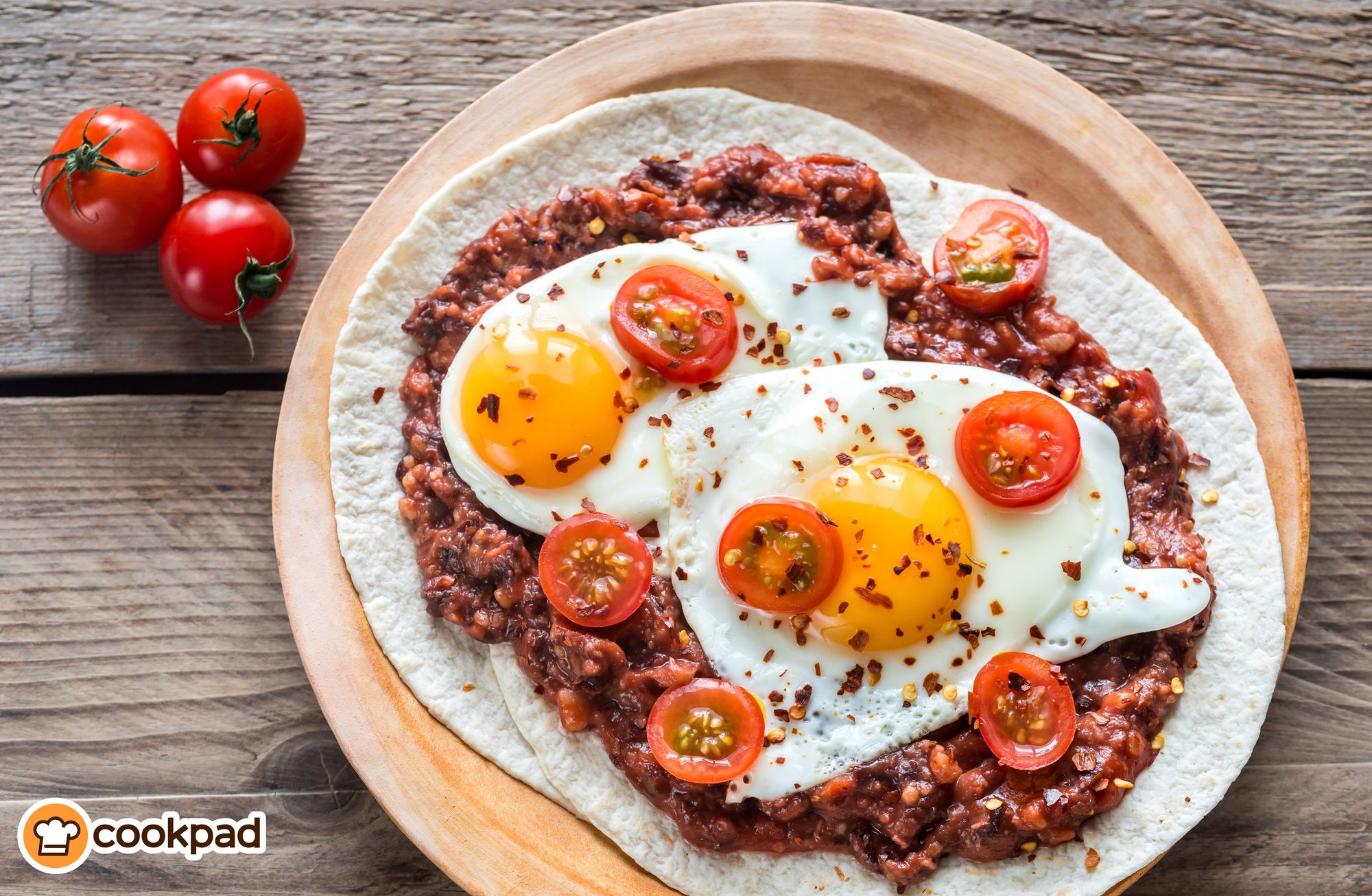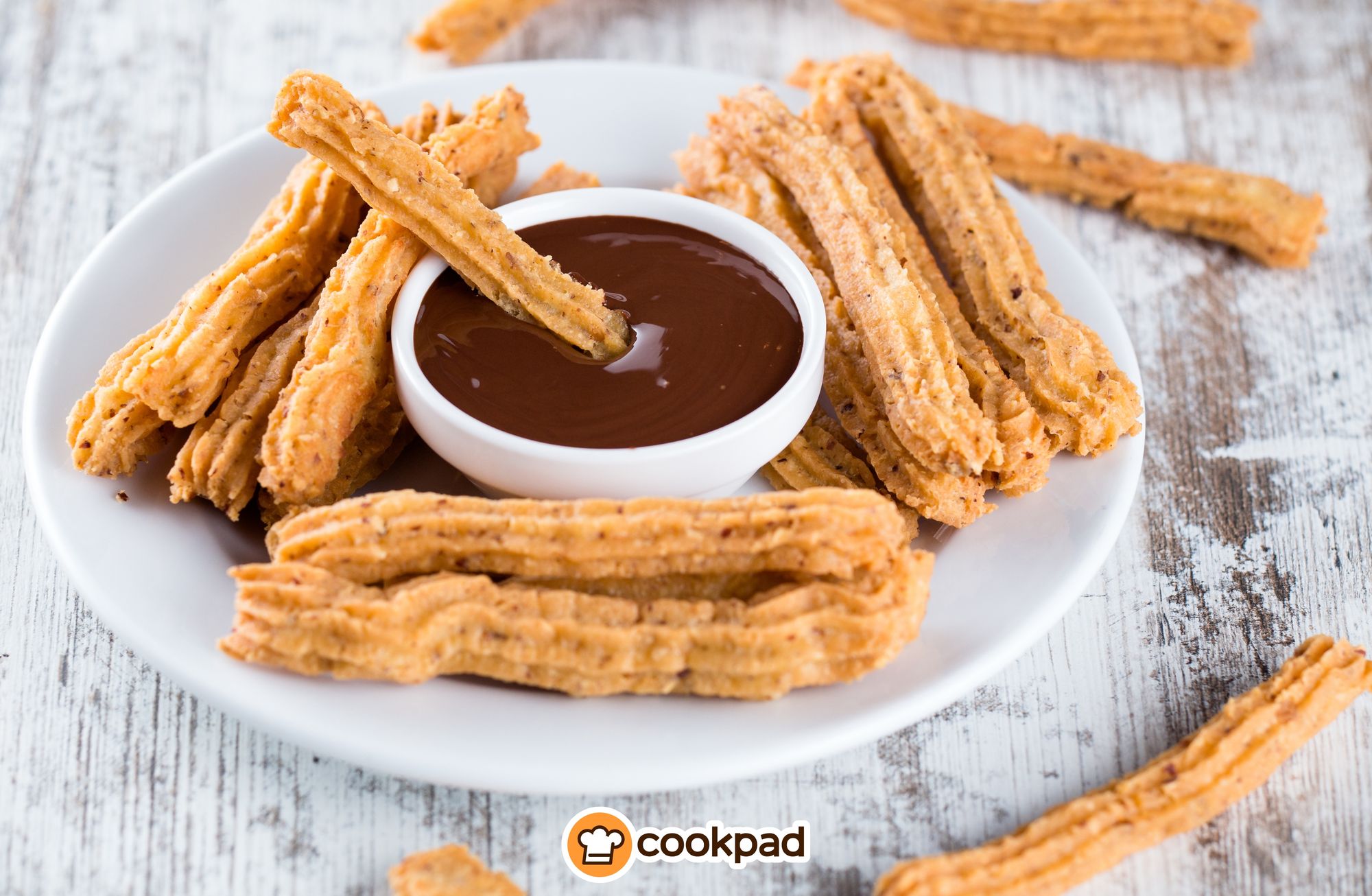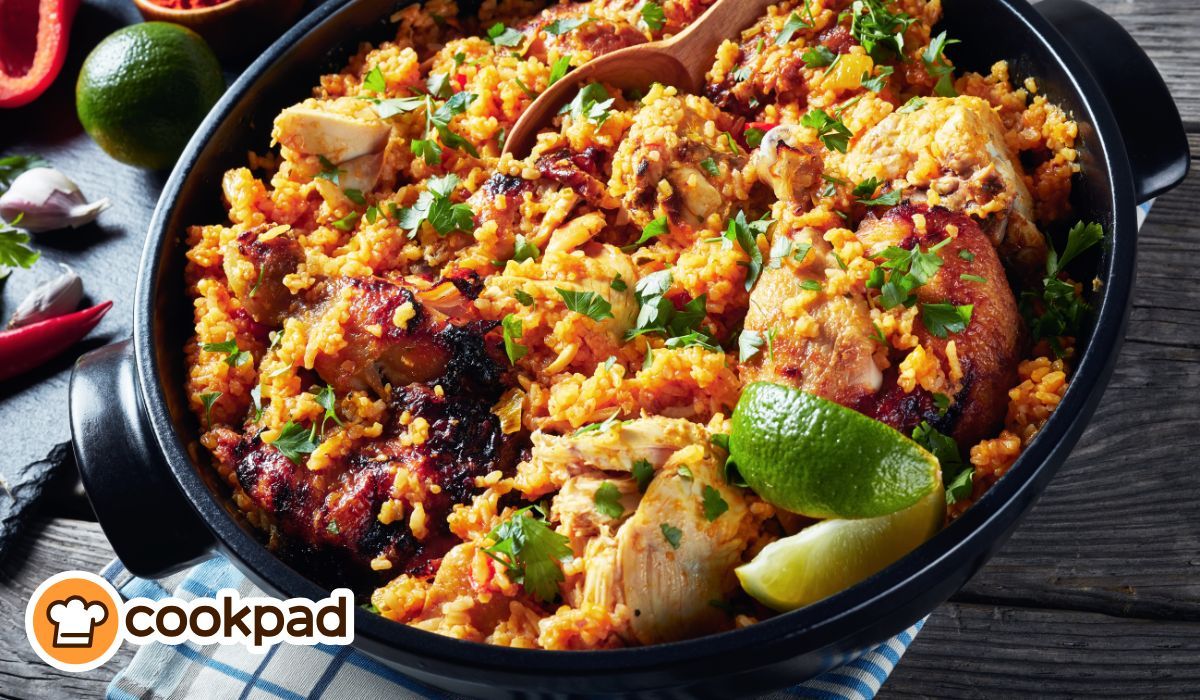Bring Puerto Rican flavor to your home while streaming Bad Bunny’s most popular hits in the U.S. From mofongo to coquito, enjoy easy recipes, stories behind each dish, and tips for authentic island flavor in your kitchen. 🏝️🥘
Puerto Rican food is a celebration of heritage, flavor, and family. Each dish has a story, just like Bad Bunny’s music—rich, bold, and full of culture. Whether cooking in San Juan or in nuevayol, these recipes bring the island’s taste to your table.
In American kitchens, Puerto Rican dishes like arroz con gandules, pastelón, and coquito are staples for weeknight dinners, parties, and holiday celebrations. In this post, you’ll find recipes, stories behind each dish, and helpful tips for making them at home—perfect for pairing with Bad Bunny’s most-streamed hits.
Mofongo – “Safaera”
🎵 Mofongo originated in Puerto Rico but was influenced by African and Taino cooking traditions. Just like “Safaera” mixes rhythms, flows, and surprises, mofongo is the ultimate Puerto Rican mash-up. Mashed green plantains with garlic, pork cracklings, or shrimp—it’s bold, fun, and never boring. In nuevayol, mofongo is a star at Dominican-Puerto Rican restaurants, proving the dish has traveled as far as the music.

💡 Quick Tip: Fry plantains twice for extra crunch, then mash with garlic for maximum flavor.
Pastelón - "Tití Me Preguntó”
🎵 In “Tití Me Preguntó”, Bad Bunny jumps between moods, questions, and choices. That same playful energy lives in pastelón, Puerto Rico’s plantain-layered lasagna. Sweet ripe plantains balance out savory ground beef and cheese—perfect for when you can’t decide between sweet or salty. Families in Puerto Rico make pastelón for gatherings, just like the song brings everyone to the dance floor.

💡 Quick Tip: Use ripe plantains for natural sweetness, and press layers firmly to hold the lasagna together.
Arroz con Gandules - "Callaita"
🎵 “Callaita” celebrates someone who shines quietly, and that’s exactly what arroz con gandules is in Puerto Rican cuisine. It’s the national dish—rice, pigeon peas, and sofrito—that might seem simple, but it’s the heart of every fiesta. It shows up at every holiday table, a comforting taste of home.

💡 Quick Tip: Use homemade sofrito for deeper flavor.
Pernil - "NUEVAYoL"
🎵 Bad Bunny’s track “NUEVAYoL” celebrates the Puerto Rican diaspora in New York, where traditions evolve but never fade. The perfect food pairing? Pernil, slow-roasted pork marinated in garlic and adobo. It’s a holiday staple in Puerto Rico and a centerpiece at Christmas and New Year’s dinners in nuevayol. Just like the song, pernil is bold, proud, and rooted in identity.

💡 Quick Tip: Score the skin deeply and rub thoroughly with adobo for crispy, flavorful skin.
Tostones - “Yo Perreo Sola”
🎵 Independence and confidence define “Yo Perreo Sola”. Pair it with tostones, twice-fried green plantains that stand strong on their own. Crunchy, golden, and satisfying, tostones are as unapologetic as the anthem itself. In Puerto Rico, they’re a go-to snack when you want flavor without compromise.

💡 Quick Tip: Flatten plantains evenly with a tostonera or heavy plate for consistent frying.
Piña Colada - “Después de la Playa”
🎵 This tropical track deserves a tropical drink. The piña colada, born in Puerto Rico, blends pineapple, coconut cream, and rum into pure sunshine. Just like the song, it makes you want to dance, laugh, and stay on island time a little longer.

💡 Quick Tip: Chill ingredients before blending for a creamy, icy texture.
Coquito - "Un Verano Sin Ti”
🎵 Though usually tied to the holidays, coquito—Puerto Rico’s coconut-based eggnog—carries the same nostalgic, comforting vibe as “Un Verano Sin Ti”. Both are about connection, memory, and the bittersweet sweetness of time with loved ones. Shared on the island a chilled glass of coquito is like music in a cup.

💡 Quick Tip: Chill at least 4 hours and shake before serving for the best flavor.
❓ FAQ of Puerto Rican Dishes
How do you store Puerto Rican pasteles? Keep wrapped pasteles in the fridge for up to 5 days or freeze for up to 3 months. Reheat by steaming.
Can mofongo be made vegetarian? Yes! Swap pork or shrimp with sautéed vegetables or mushrooms for a flavorful vegetarian version.
How long does pernil take to cook? Depending on size, roast pernil 4–6 hours at 350°F for tender, juicy meat.
Is coquito gluten-free? Traditional coquito is gluten-free, but check flavored versions for additives.
What are common substitutes for pigeon peas?Black beans or kidney beans work if guandules aren’t available, though the flavor changes slightly.
Pairing Bad Bunny’s hits with Puerto Rican dishes turns any meal into a celebration. From mofongo to coquito, these recipes bring flavor, culture, and nostalgia into your kitchen—fast, flavorful, and perfect for weeknights, parties, or streaming sessions.
Got a favorite Puerto Rican dish? 🇵🇷
Share it with us!
O comparte tus recetas en español!
And send this post to someone who loves music and flavor. 🥘🎶
Up Next: Other Latin Flavors you'll love ✨







